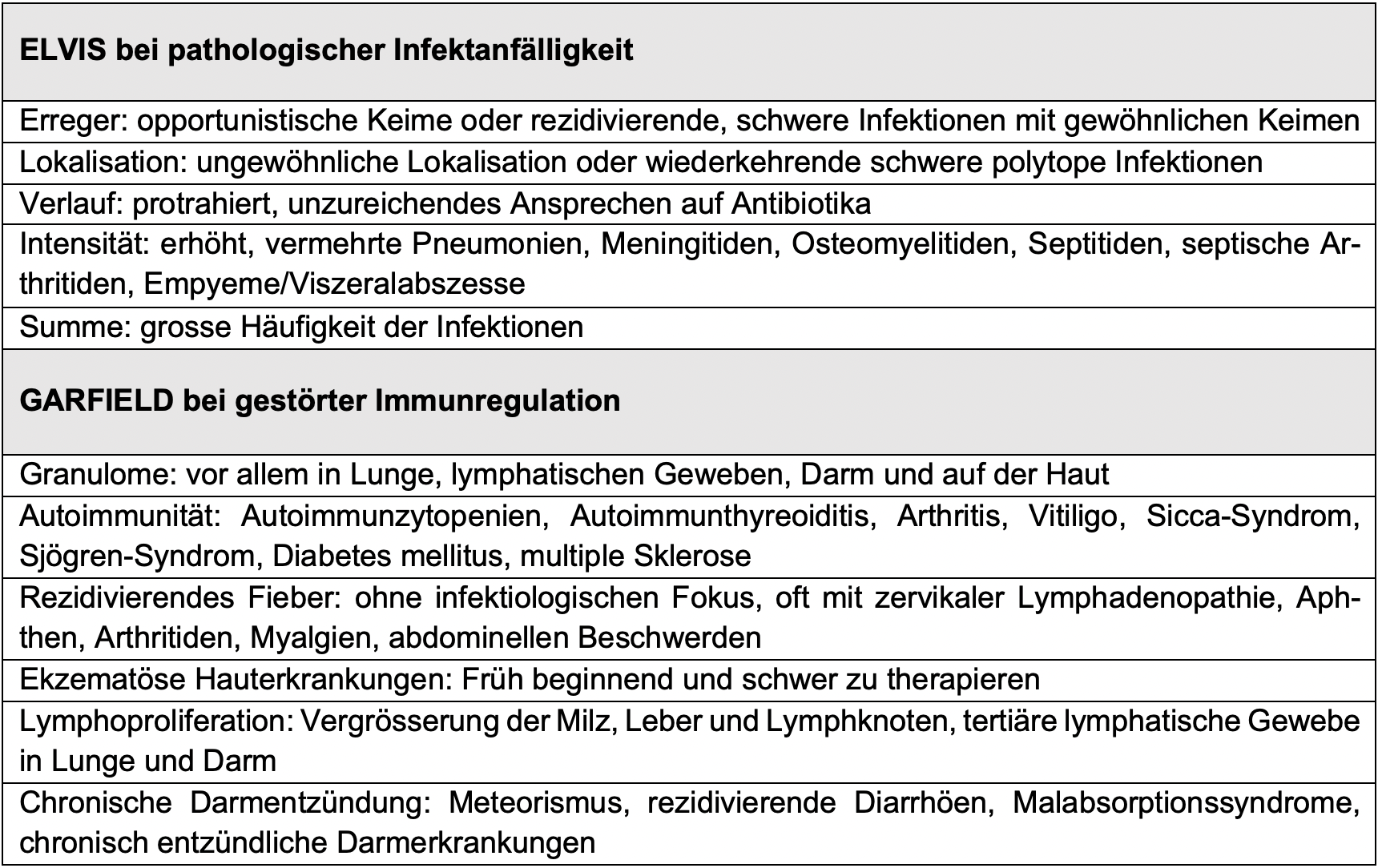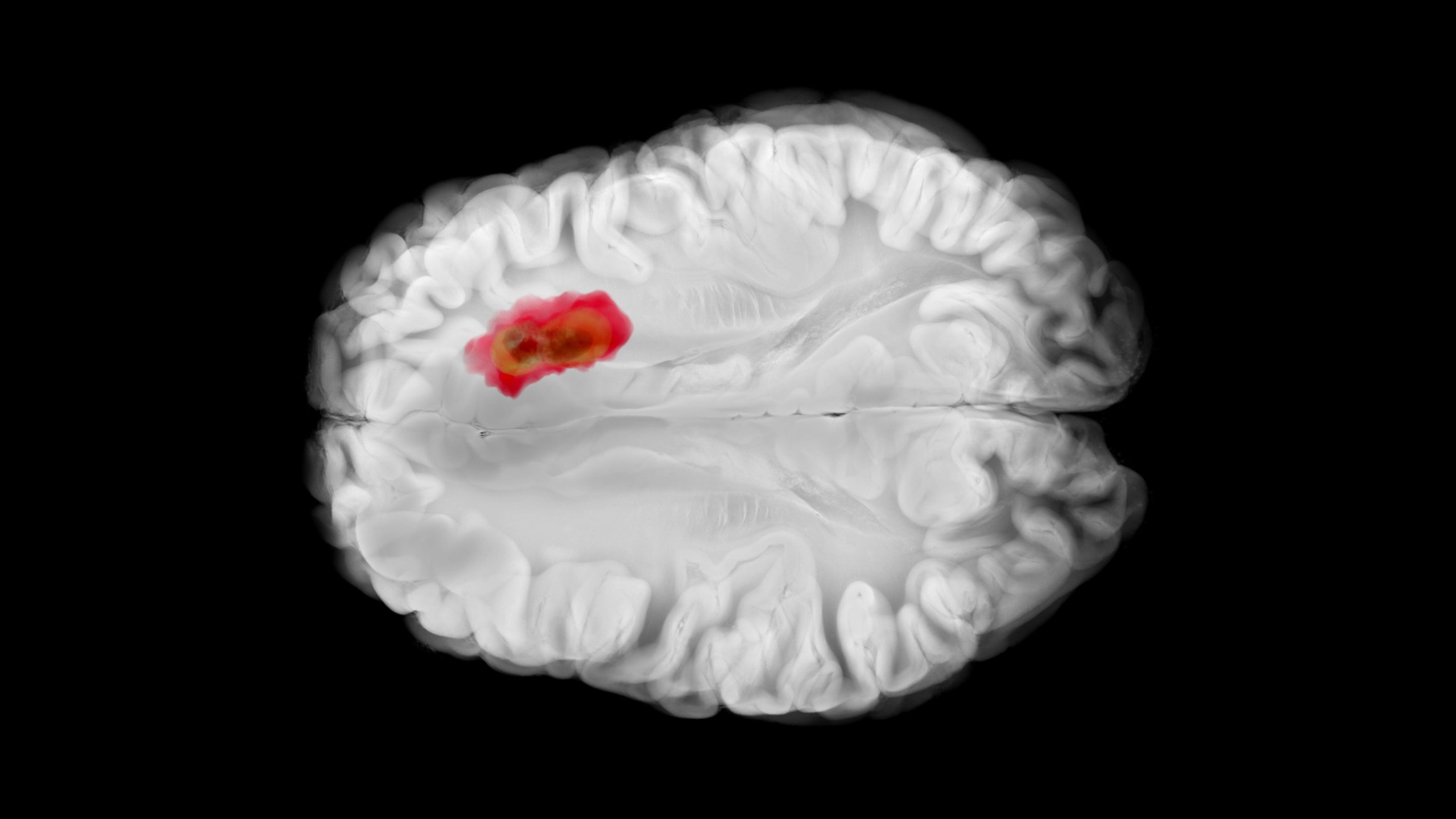Although most primary immunodeficiencies (PGDs) manifest in childhood, the disease is often not recognized until adulthood [1]. In this context, only early diagnosis can reduce morbidity and prevent deaths [2].
Immunodeficiencies arise as a result of dysfunction of the innate or adaptive immune system [2]. If the cause is a genetic defect, these are primary immunodeficiencies (PIDs), a rapidly growing group of over 400 immunodeficiencies, 200 of which have been identified only in the last decade [3].
The prevalence of PGD varies according to the type of disease, region, and population group [2]. In Switzerland, it is estimated to be 1:10000 – 1:500000 depending on the disease and region [4]. Thanks to diagnostic advances, the number of new PID diagnoses has risen sharply in recent years and recent epidemiological surveys suggest that the prevalence is significantly higher [2].
Antibody deficiency in over 50% of affected individuals
PGDs are divided into nine groups according to the components of the immune system affected(Table 1) [2]. Defects associated with decreased antibody production lead to antibody deficiency disease. They are by far the largest group and affect over half of PGD patients [2].
Table 1: Grouping of PGDs according to the affected component of the immune system. Adapted from [5].
Warning Signs: Also Think of PID in Autoimmunity
If the immune system’s defense function is impaired, infections become more frequent. Therefore, pathological susceptibility to infection is a major leading symptom of PID [2]. However, the identification of new genetic defects has enormously broadened the clinical picture in recent years and finally led to a paradigm shift: PID is no longer understood only as increased susceptibility to infections, but as a general malfunction of the immune system, which also includes disorders of immune regulation [3]. These include autoimmune and auto-inflammatory conditions such as skin eczema, chronic intestinal inflammation, allergies, and granulomas, and may be the sole symptom of PID [2].
10 warning signs of primary immunodeficiency in children
See Jeffrey Model Foundation: http://downloads.info4pi.org/pdfs/10-Warning-Signs—Generic-Text–2-.pdf |
ELVIS and GARFIELD for the detection of the warning signals
The enormous heterogeneity of symptoms and the difficult differentiation from other diseases cause a high diagnostic latency [2]. Detection of pathologic susceptibility to infection is difficult due to the lack of cutoff values, as is the differentiation of PID-associated immune dysregulation from other autoimmune diseases. To help physicians recognize important PGD warning signs, the acronyms ELVIS and GARFIELD were introduced(Table 2) [2].
Table 2: The acronyms ELVIS and GARFIELD facilitate the identification of pathological susceptibility to infection and immune dysregulation. Adapted from [2].
Early clarification reduces mortality
According to the European Society of Immunodeficiencies (ESID), the mortality risk of PGD increases by 1.7% with each year of diagnostic delay [2]. Early detection therefore plays an important role in preventing long-term damage. If warning signs of the ELVIS or GARFIELD scheme are present, a workup for PID is reasonable. This is also true in chronic diarrhea in infancy or early childhood, especially when failure to thrive is added [2]. More than half of PIDs are associated with antibody deficiency, which can also be detected in office-based practices by laboratory determination of serum immunoglobulins IgM, IgG, IgA, and IgE [2].
Conclusion
Although PID manifests in childhood, the majority of PID diagnoses occur in adults [1]. Early detection plays an important role in preventing long-term sequelae of PGD and reducing mortality [2]. To achieve this, pediatricians and family physicians should also be aware of the warning signs to identify PID [5]. The acronyms ELVIS and GARFILED can help you with this [2].
Literature
This text was produced with the financial support of Takeda Pharma AG.
C-ANPROM/CH/CUVI/0009 06/2021
Post online since 20.07.2021













